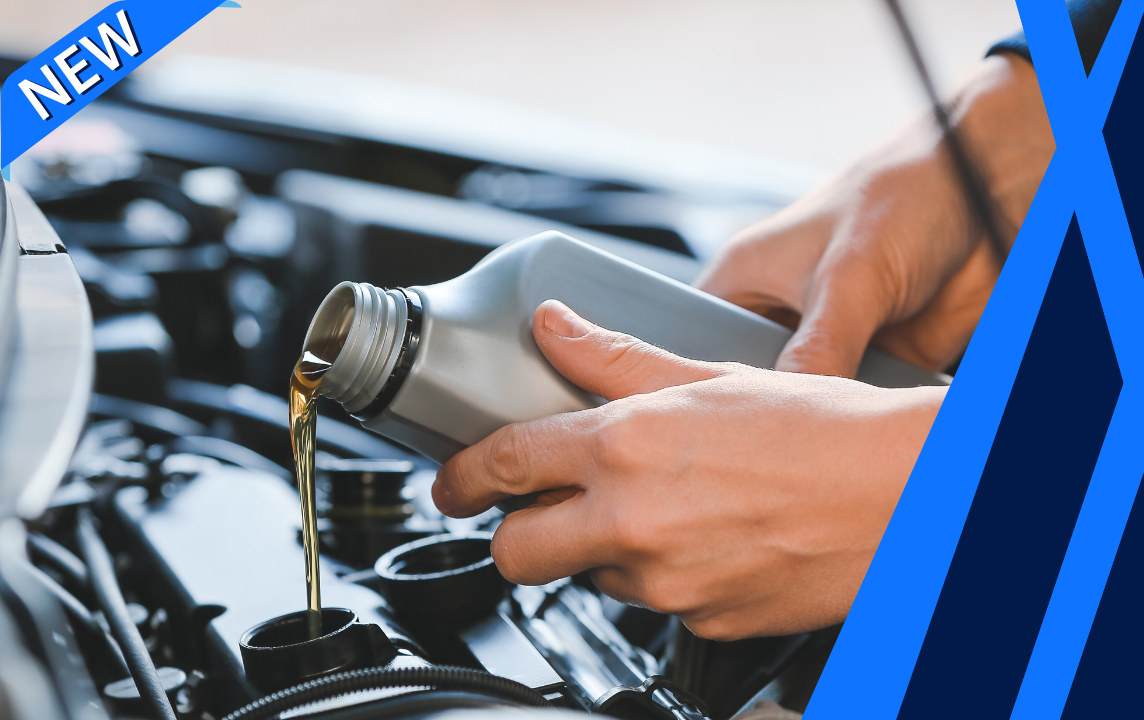Description
What is the Oil Pan all about?
The oil pan holds all the motor oil that keeps your engine lubricated.
The oil pan tends to be a durable part that can last the lifetime of the car. However, a sharp impact with a hard surface at high speed can easily cause the oil pan to start leaking. This condition gets worse as the pan deteriorates.
If you start seeing oil puddles instead of small drips, you’re on borrowed time. The oil pan gasket can also wear out. That gasket which keeps the oil pan sealed can easily get aggravated by a rock or a direct impact with the pavement that is due to the suspension bottoming out.
Keep in mind:
Repairing an oil pan is a dirty and often complicated undertaking. In many cases, there are items that need to be removed in order to fully access the oil pan. This can even include your suspension sub-frame which can take several hours to fully disassemble and put back together.
A lot of people assume that since oil pans only require a single bolt to be moved for oil to be drained, replacing the entire pan is an easy job.
It’s usually not. Along with the repair issues, there are also many items that can go bad well before the pan needs to be replaced. This includes the oil plug which can become stripped. the oil plug gasket which can break or fall apart, and the oil pan gasket which can wear away and begin leaking due to your engine’s heating and cooling cycles.
How it’s done:
- The vehicle is raised and supported on jack stands
- The oil is drained and the oil pan removed
- The new oil pan is installed and new oil and filter installed
- The engine is started and checked for oil leaks
- The vehicle is lowered off of the jack stands
Our recommendation:
If you recently went over a bump way too fast or a hard object hit the underside of your car, let one of our mechanics have a closer look.
You should have it inspected by a professional mechanic who can avoid the catastrophic outcomes that can come with an oil pan that dislodges on the road. One small part that weighs a mere two or three pounds is a lot less expensive to replace than an entire engine.
What common symptoms indicate you may need to replace the Oil Pan?
- Oil leaks underneath your car where the oil pan is located.
- Streaks of oil underneath your vehicle that are right behind your oil pan.
- A stripped oil drain plug that can’t be replaced either due to it already being oversized or because the oil pan is made out of aluminum instead of steel.
How important is this service?
Ignoring a leaking oil pan it can lead to you paying thousands for a new engine, or even having a repair that may cost more than your entire car.
In the long run, cars last when their owners solve the little problems before they become expensive. So if you see oil leaks underneath your car, get one of our expert mechanics to check that issue.




